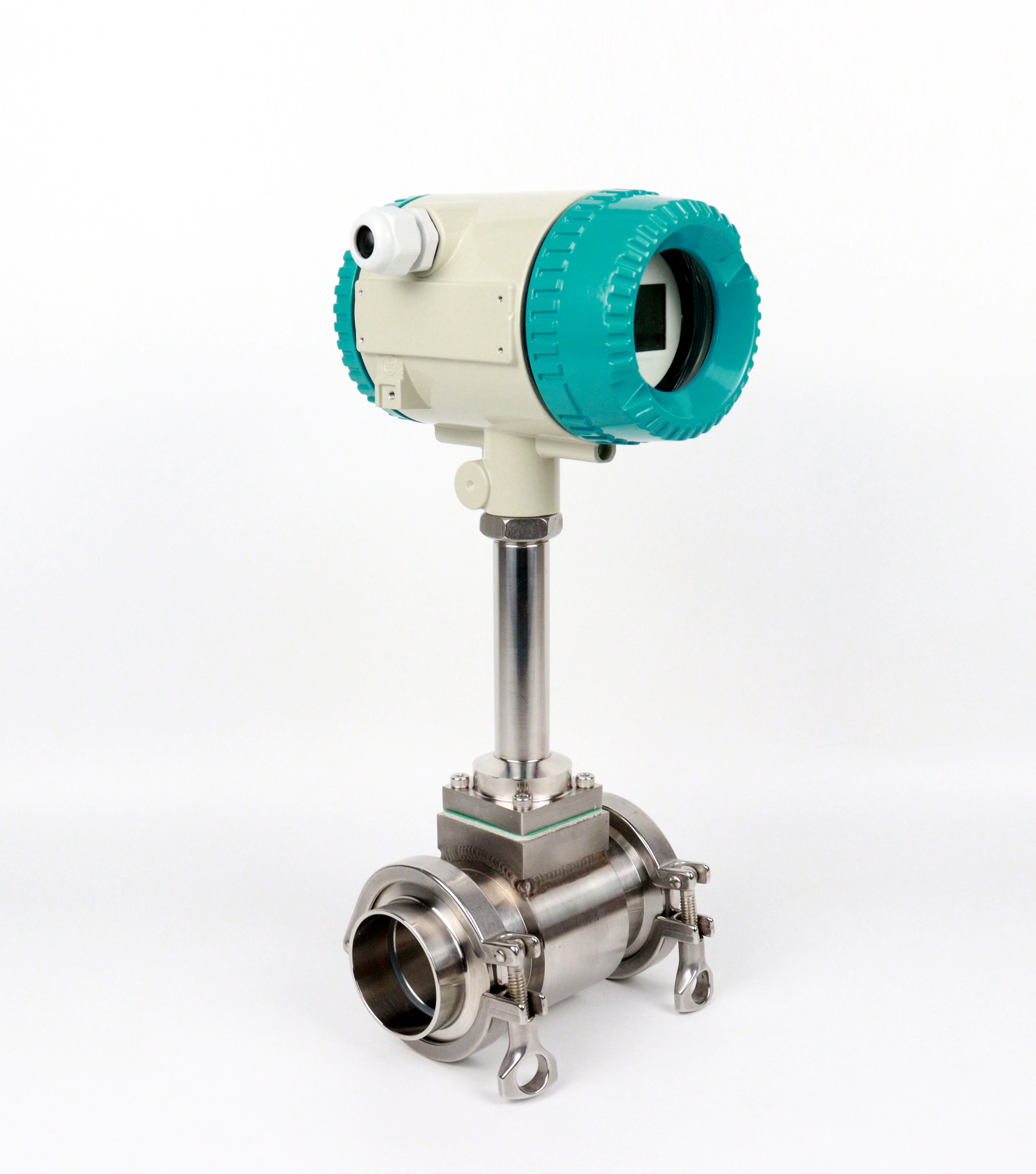
- Home
-
Products
Products
The main products are: electromagnetic flowmeter, vortex flowmeter, liquid turbine flowmeter, gas turbine flowmeter, gas precession vortex flowmeter, thermal mass flowmeter, ultrasonic flowmeter, material (liquid) level flowmeter and other instruments.
- News
-
About Us
About Us
Kaifeng Kamboda Industrial Instrument Co.,Ltd. is a high-tech enterprise commit into research and development, manufacture of flow instruments. Located at the base of China flow instrument, Kaifeng, we have full access to gain the most advanced technology in this field. All these make us full of confidence to provide products with international standard. At present, we are mainly dealing in electromagnetic flow meters, vortex flow meters, turbine flow meters, thermal gas mass flow meter, procession vortex flow meter, roots flow meter, orifice plate flow meters, metal tube rotor meters , ultrasonic flow meters. We are Original Equipment Manufacturer of flow meters with well-equipped testing facilities and strong technical force. With a wide range, good quality, reasonable prices and stylish designs, our products are extensively used in water supply and drainage, chemical, power supply, metallurgical mine, oil and other industries. Our products are widely recognized and trusted by users and can meet continuously changing economic and social needs. Welcome new and old customers from all walks of life to contact us for future business relationships and mutual success.
- Contacts Chinese


 Vortex flowmeter is based on the famous Karman vortex street principle in fluid mechanics, that is, a cylinder with non streamline section is inserted into the flowing fluid, the fluid flow is affected, and vortex separation will occur downstream of the cylinder within a certain Reynolds number range. It can be used to study the volume flowmeter for measuring the volume flow of gas and standard condition, the volume flow or mass flow of steam or liquid. Vortex flowmeter can measure almost all the flow of gas, liquid and steam.
Vortex flowmeter is based on the famous Karman vortex street principle in fluid mechanics, that is, a cylinder with non streamline section is inserted into the flowing fluid, the fluid flow is affected, and vortex separation will occur downstream of the cylinder within a certain Reynolds number range. It can be used to study the volume flowmeter for measuring the volume flow of gas and standard condition, the volume flow or mass flow of steam or liquid. Vortex flowmeter can measure almost all the flow of gas, liquid and steam.